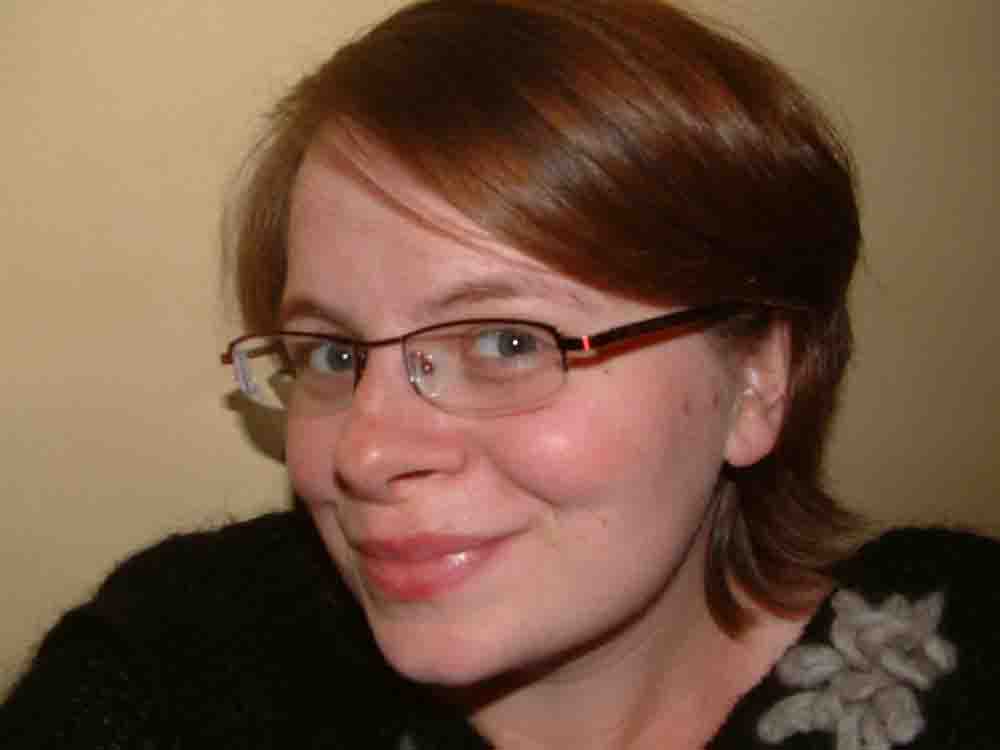
Watching a film changed Sarah Symons’ life.. and her husband’s, and her kids, and her neighbours, and groups of women from Cambodia to India.
The film was
‘The Day my God Died’. The topic Child Sex trafficking. And the response from Sarah moved from initial horror to ‘What can I do to help prevent this?’ That question led her, and her husband John, to set up
‘The Emancipation Network’ (TEN) which buys and imports handmade products from survivors of trafficking and people who are at a high risk of being trafficked. When an alternative income stream for families and communities is assured, the risk of trafficking is radically reduced- a correlation Sarah saw that she could strengthen.
TEN now import goods and products from 14 different organisations, and are expanding their reach. John and Sarah’s home in Cape Cod became there office and storage depot and operates in a flurry of activity. Arriving to their home I was quickly taken on the grand tour, introduced to large boxes of goods-from hand embroidered bags to handmade paper- each top quality, and told about the story of the people behind the products.
Once the goods are purchased they are then distributed and sold though a series of ‘Awareness Parties’; a Tupperware model of sales, organised though a network of volunteers. The parties are a chance not only to sell goods (and thus provide an income to the artisans) but also increase awareness about sex trafficking.
John and Sarah are examples of the power of commitment. With a background in investment banking, John brought his business know-how to the job, looking at business models that are scaleable and economically viable in the long term. When he realise that the TEN model could really work, he quit his job in banking and teamed up with his wife to expand the business. This month they are opening their first retail outlet in Cape Cod.
My weekend with John and Sarah was a full of fun and inspiration- not only for learning about TEN, but also spending time baking with their fantastic kids Maya and Luke, and waking up to their dog Dakota tugging at my blanket to play!
Their door was opened to me as a stranger, and I left it as a friend.
How wonderful!




Labels: Boston, Social Enterpreneur, TEN, The Emancipation Network, Trafficking














